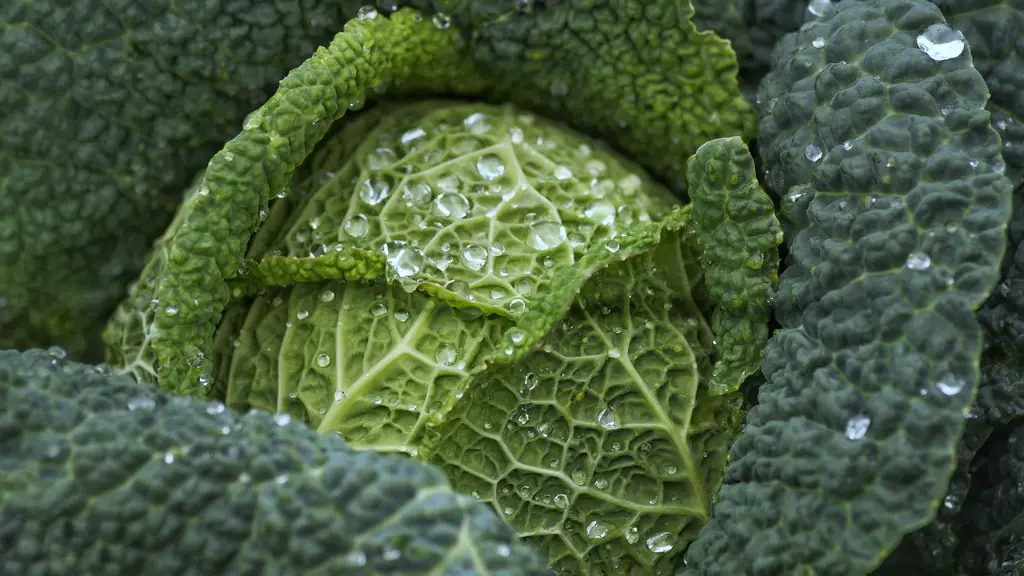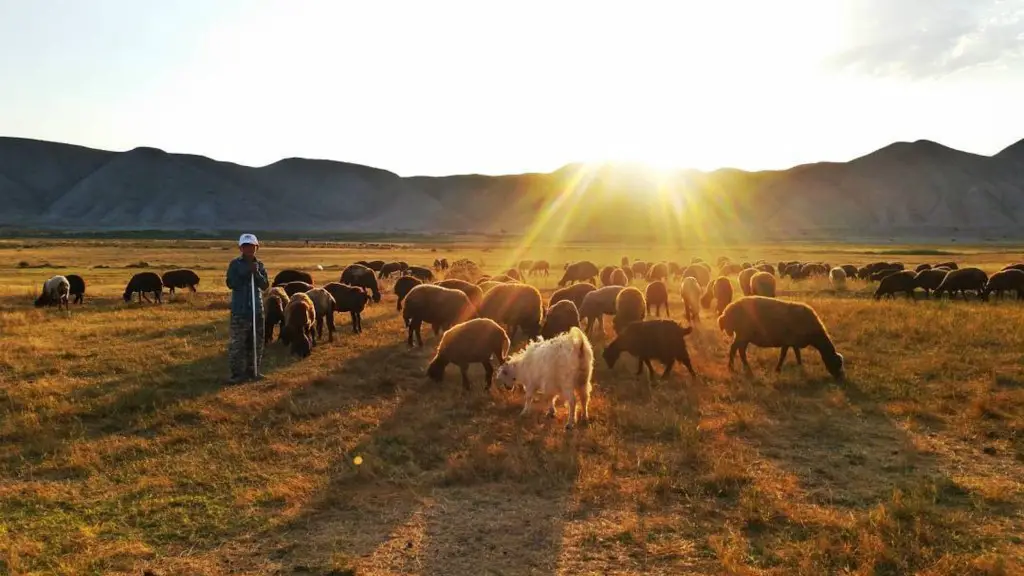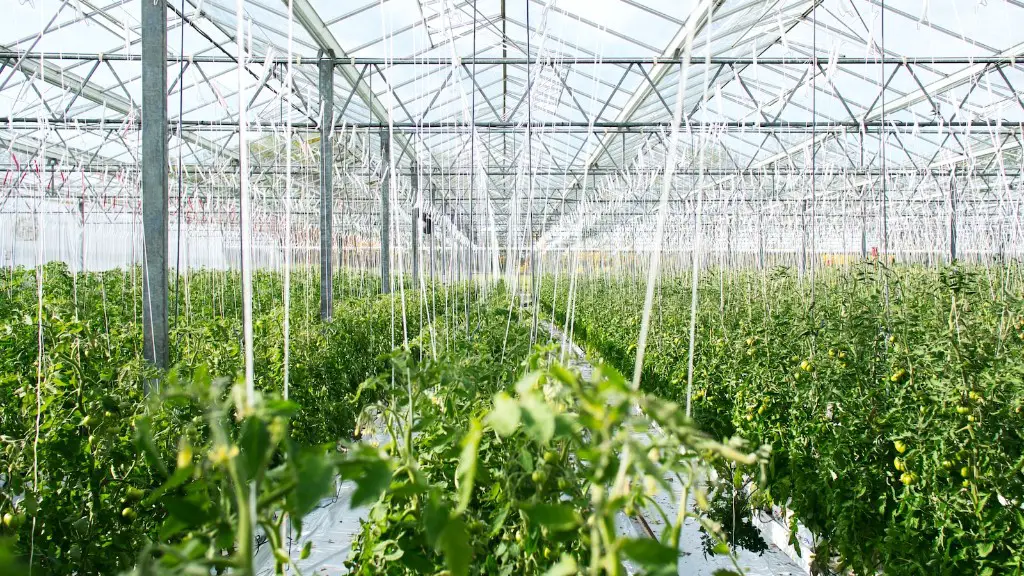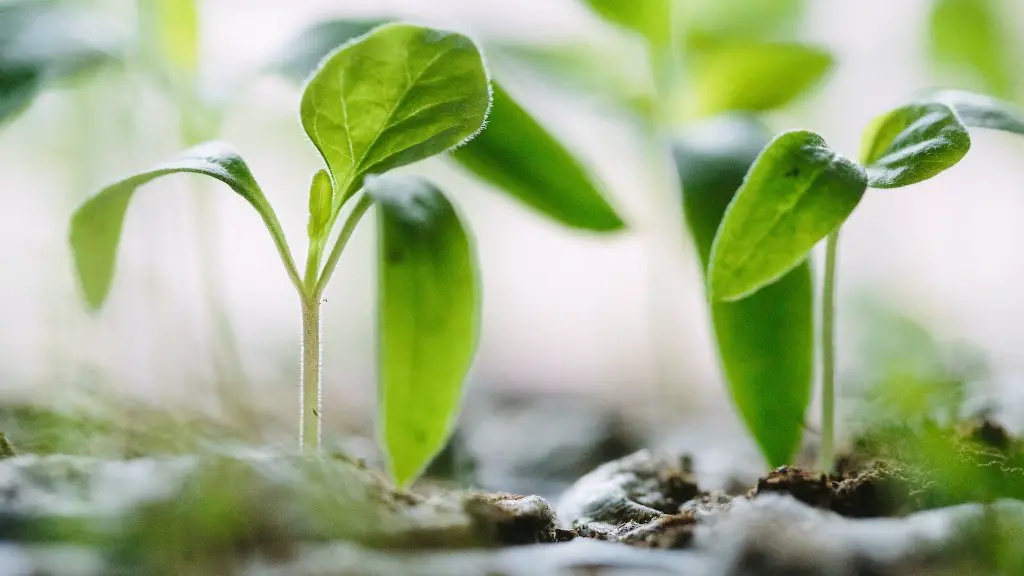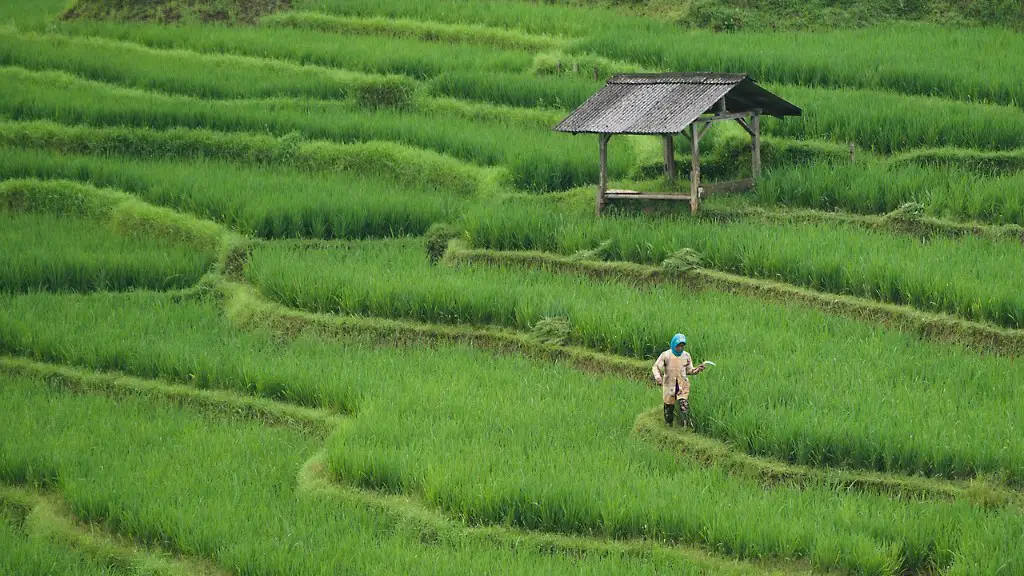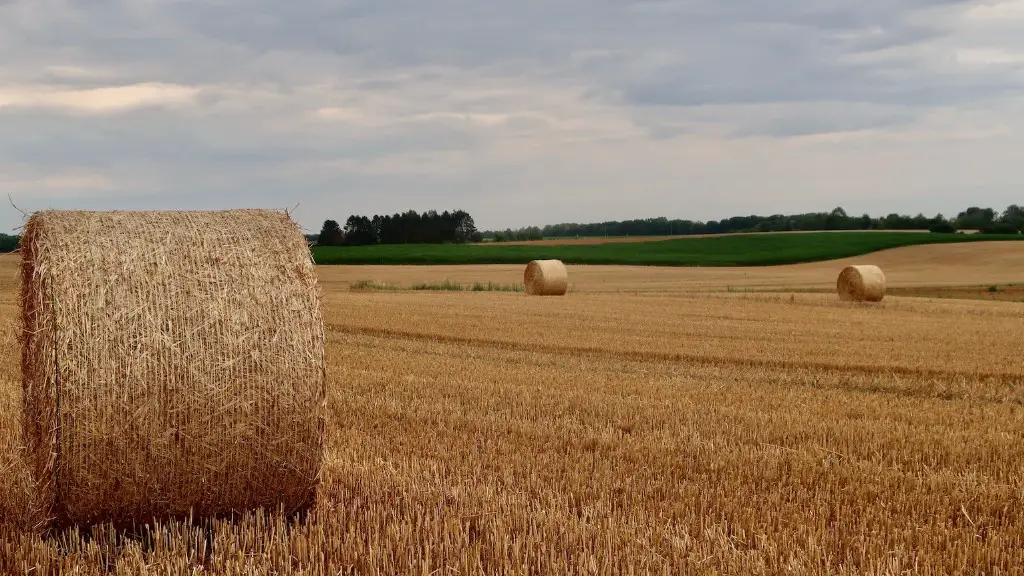Traditional and modern agriculture have some distinctions. While the two share the same purpose of producing food, the techniques and tools used to do so differ. For example, traditional farms mainly rely on manual labor, while modern farming has the support of machines, including tractors and other agricultural equipment. In the past, crop rotation and natural fertilizer were used to manage soil fertility and pest management, while in modern farming, chemicals and pesticides are commonly used.
Another distinction is the size of the land holdings in traditional and modern farming. While traditional smallholder farms are usually limited to several hectares, modern farms cover vast areas, potentially thousands of hectares. This is due to modern farming’s high need for large areas to enable the use of large machinery. The same machinery allows for increased production efficiency – modern farms are capable of producing large volumes at high speed.
SDigital technology has also played a significant role in the evolution of modern agriculture. GPS systems and data analysis allow for better crop management. Drone technology and remote sensing are used for targeted application of fertilizers, insecticides, and other inputs. The use of robotics and automation also helps to increase crop yields and quality, while reducing labor costs.
In addition to technology, modern agriculture also depends heavily on market forces. Support from governments and transnational companies has helped to shape agricultural production and markets. This has resulted in the emergence of industrialized agriculture, which is often associated with food that lacks nutritional value, as well as widespread ecological damage. On the other hand, traditional farmers – mostly small-scale producers – have been struggling to secure markets for their products and do not have access to the same resources as modern farmers.
Finally, traditional farmers rely heavily on the natural environment to produce their crops. In contrast, modern farmers depend on external inputs, such as fertilizers, pesticides, and irrigation systems, to supplement natural resources and increase yields. In many cases, this is accomplished at the expense of the environment and human health.
Market Forces and Profitability
A key difference between traditional and modern agriculture is market forces, with modern techniques increasingly being driven by economic considerations and commercial interests. This has implications for the cost of production and subsequently, the price of the crop in question. For example, modern farmers have access to financial resources and the latest technological advancements, which support the production of large quantities of crops with greater efficiency than traditional approaches. On the other hand, traditional farming is mostly undertaken by small-scale producers without access to technology or resources, leading to increased price pressure.
Furthermore, modern farming operations are highly sensitive to market forces and are susceptible to market volatility. This means that these farms must operate with high efficiency to remain profitable. By contrast, traditional farmers rely on a diversified approach which can include livestock, fruits, and vegetables, alongside traditional grains. This diversification allows for greater stability and is often considered more reliable when market prices are volatile.
Environmental and Social Consequences
The environmental and social implications of traditional and modern agriculture can also be seen. For example, modern agriculture often relies on the use of chemical inputs, such as pesticides, herbicides and fertilizers, which can have detrimental short and long-term environmental consequences. These inputs are used to increase productivity and can result in large concentrations of nutrients in soil and water that can be damaging to the environment. Traditional methods of farming, while providing fewer yields, were not associated with this type of pollution.
On the other hand, modern farming operations are often used to support large-scale agribusinesses, which can lead to social consequences, such as displacement and the degradation of local cultures. These operations often rely on the use of factory farms or large-scale monocultures, which limit the diversity of plants and animals and can have a detrimental impact on the local landscape. Conversely, traditional farming favors a more diversified approach which allows for the preservation of local cultures and species.
In addition, modern practices of farming are increasingly responsible for the degradation of natural habitats, often due to the large-scale land clearances that are needed to make way for modern farms. Similarly, the industrialization of agriculture has been associated with a decrease in biodiversity, both in terms of animal and plant species. By contrast, traditional farming practices, such as crop rotation and the use of natural fertilizers, can help to promote greater biodiversity.
The Role of Government
The role of government in the evolution of traditional and modern agriculture cannot be overlooked. Governments have the power to shape agricultural production and markets through policies such as subsidies, tariffs, and import/export restrictions. This has enabled the emergence of industrial agriculture which is often favored by modern agricultural practices and large transnational companies.
For example, the introduction of genetically modified organisms (GMOs) has been met with both resistance and support from governments. In the European Union, for instance, the use of genetic engineering in agriculture is still regulated, although the use of some GM crops is gradually increasing. Conversely, in other countries, such as the United States, GM crops are widely used and promoted by the government.
Similarly, governments have the power to shape traditional and modern farming practices, either by incentivizing sustainable alternatives or incentivizing large-scale agribusinesses. In some cases, governments have created policies to protect and promote small-scale farming. For example, in the United States, the Farm Bill provides financial assistance to small-scale farmers and supports initiatives to promote local and sustainable food systems.
The Impact of Trade
The impacts of global trade and economic development on traditional and modern agriculture cannot be overlooked. The emergence of large-scale agribusinesses has enabled the production of food on a global scale, allowing for increased access to cheap food, but also leading to negative consequences such as the degradation of the environment and displacement of traditional farmers.
At the same time, global trade has enabled farmers in developing countries to export their products to other markets, offering access to higher prices and global markets. This has allowed small-scale farmers to gain better access to resources and technology, which has allowed them to increase their production and actively participate in global markets.
Moreover, the emergence of global trade has increased the demand for safe, quality produce. As a result, traditional and modern farming have responded by adapting their practices to comply with food safety regulations and consumer preferences. This has driven the emergence of organic farming, which seeks to limit the use of synthetic fertilizers, pesticides and other chemicals.
The Role of Consumers
Finally, consumer preferences also play a role in traditional and modern agriculture. Consumers have become increasingly aware of the environmental and social implications of agricultural practices and are increasingly demanding food that is sustainably produced. This has led to an increased demand for local and organic produce, as well as an increased push for sustainable farming practices.
At the same time, consumer tastes are increasingly globalized and less tied to traditional agricultural practices. This has led to an increased demand for processed and packaged food products, which are often produced using industrial agriculture practices and require fewer resources to produce.
These changes in consumer preferences and tastes will continue to shape the traditional and modern agriculture. As more people gain access to information and become more aware of the environmental and social consequences of their food choices, it is likely that there will be further demand for sustainable and locally produced food products.
Technological Advances
Technology has had a profound impact on traditional and modern agriculture, providing farmers with access to new tools and resources that can increase their yields and improve the quality of their products. Digital technology has played a key role in this process, with the emergence of digital farming solutions such as GPS systems, data analysis, and robotic equipment.
As technology advances, it is expected that digital solutions will become increasingly integrated into traditional and modern agriculture. Drones, for instance, will be used for targeted application of fertilizer, herbicides, and pesticides. Robotics and automation will increase efficiency and reduce labor costs, while the use of precision agriculture will improve crop management.
In addition, new solutions such as blockchain technology and the Internet of Things (IoT) are expected to revolutionize the agricultural industry. Blockchain technology is already being used to improve supply chain transparency, while the IoT can be used to monitor soil conditions and other factors to optimize yield.
The integration of technology into traditional and modern agriculture will likely lead to increased efficiency, reduced environmental impact, and higher quality produce. As such, it is likely that technology will continue to play a central role in the evolution of both traditional and modern agriculture.
